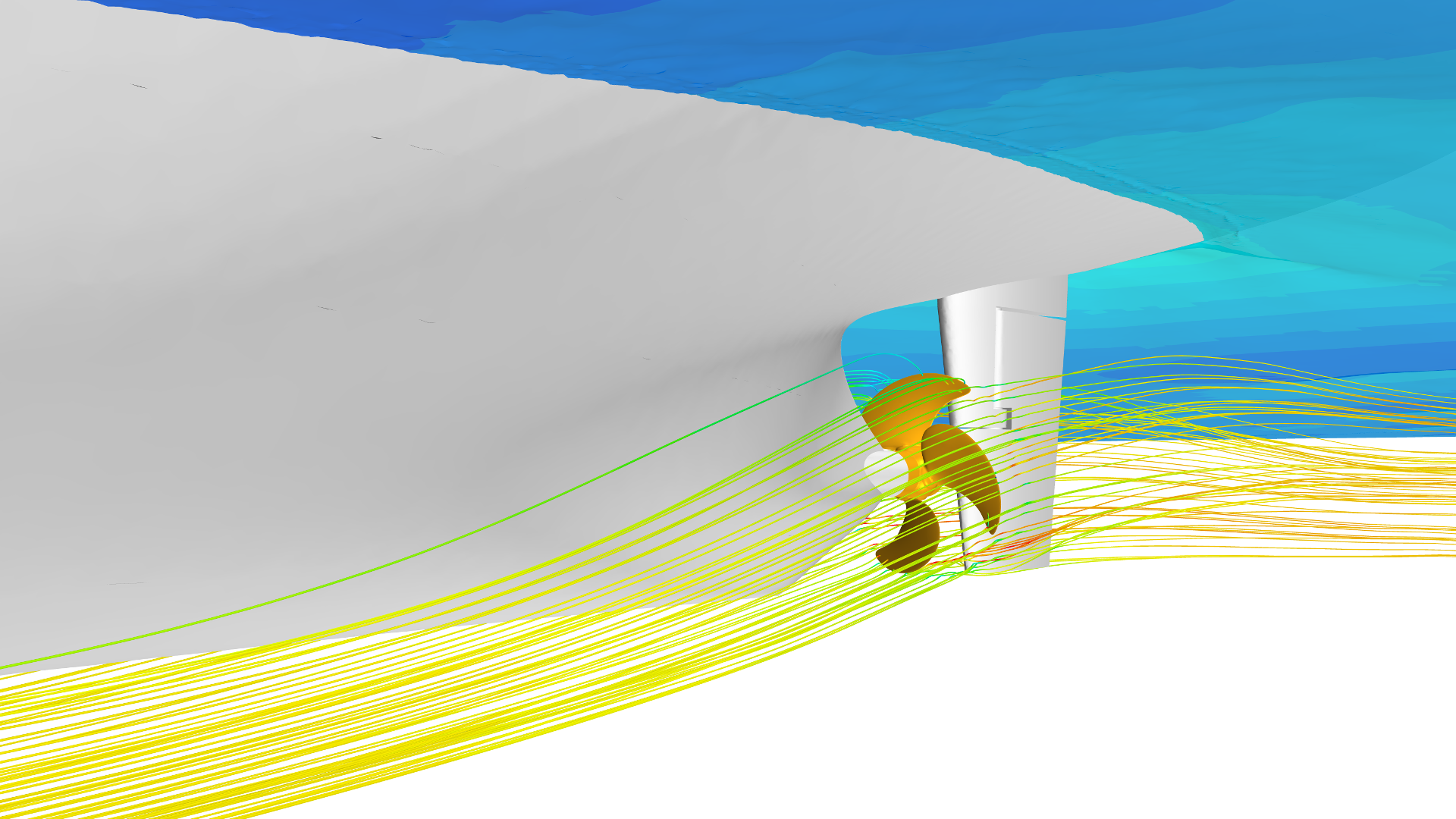How CFD Improves Propeller Performance for Efficient Ship Propulsion
Guest Speakers: Norbert Bulten, Wärtsilä Propulsion; Alejandro Caldas and Dr. Dmitriy Ponkratov, Lloyd’s Register

The maritime industry is pushing hard for the highest efficiency for ship propulsion. This trend started in the days when oil prices were high, but due to stringent emissions regulations remains high on the agenda, despite the drop in prices. The numerical estimation of performance for marine propellers has traditionally been carried out with Boundary Element Methods (BEMs) which have a well-established track record of providing accurate predictions of pressure distribution within the steady state and reasonable estimates of thrust and torque performance.
Wärtsilä Propulsion show that with the aid of CFD simulations of the propeller in behind ship condition, a direct feedback loop has been established to the propeller designers. Determination of the actual transient blade loads during a revolution has given more insight in the actual physical phenomenon. Based on this understanding, the design process can be pushed further to the edge. One increasingly critical aspect of this is the cavitation behavior, and the risk for cavitation erosion.
In this webcast, Lloyd’s Register demonstrates how they use relatively fast numerical methods for calculating the performance of a propeller in the wake flow of a ship. Through their in-depth practical knowledge and examples, they highlight the benefits and deficiencies of this method before explaining how Lloyd’s Register uses advanced CFD methods, employing high order physics to capture detailed flow features of the propeller operating in the turbulent ship wake.
Furthermore, recently published work is presented that shows how numerical functions coupled with CFD calculations can be used to predict cavitation erosion aggressiveness. Examples are shown where this method has been used to predict cavitation for a model scale hydrofoil, ship scale rudder and a cargo ship’s full scale propeller, on which the severe cavitation erosion was reported.